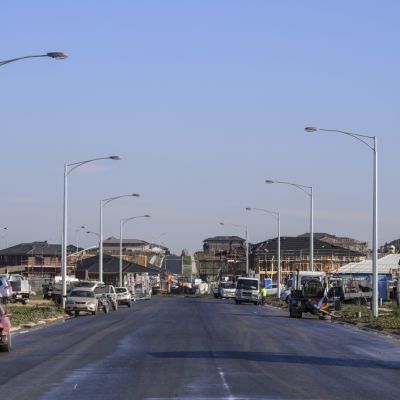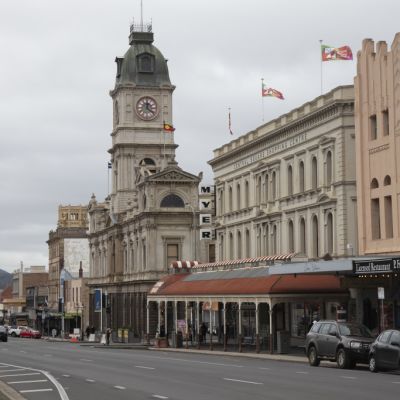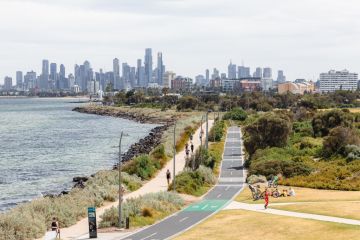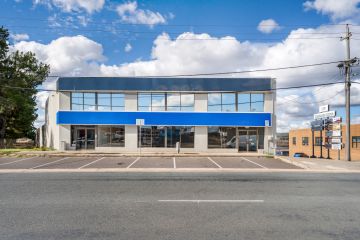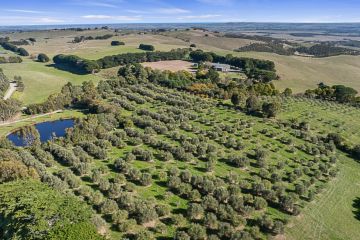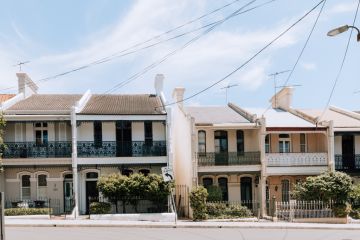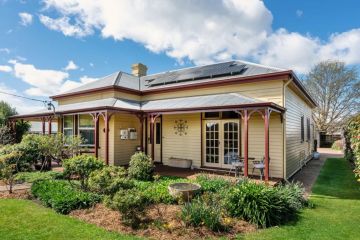Sydney and Melbourne increasingly divided into pockets of home-owners and renters, study finds
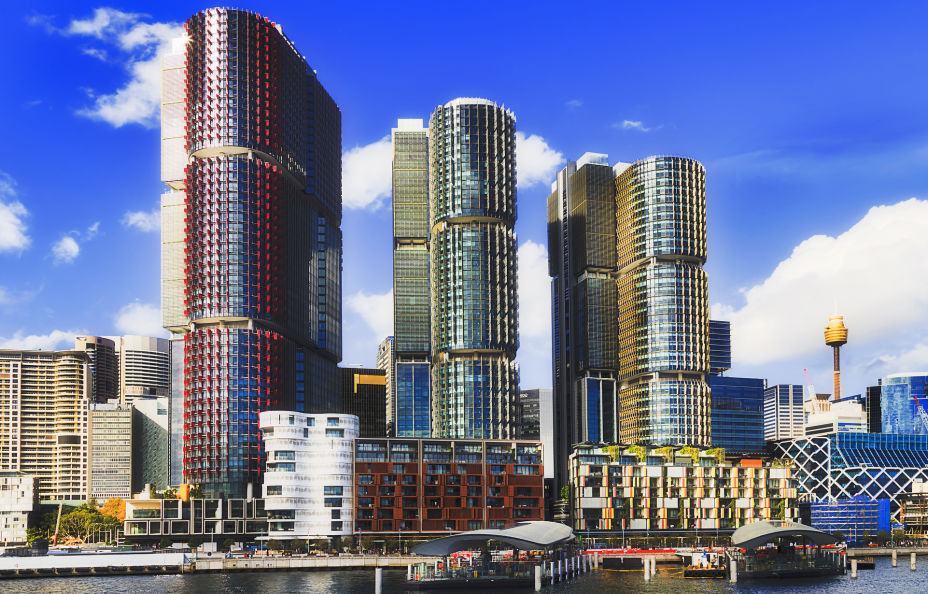
Sydney and Melbourne are increasingly being divided into clusters of renters and home-owners, with tenants sticking to the inner city while home-owners move to middle and outer-ring suburbs, a new study has revealed.
Growing hubs in middle and outer-ring suburbs are diffusing populations away from the CBD, but are more likely to attract home-owners than renters, researchers at the University of Sydney have found.
“The study revealed not only that the two cities are becoming increasingly poly-centric, but mortgagees and renters are clustering with their own, which may indicate new socio-economic divisions based on suburb,” said the study’s senior author Michael Harre, of the university’s Complex Research Group.
Renters are sticking to the inner city, while more Sydney home-owners were moving to commercial centres in Penrith, Parramatta, Campbelltown and Gosford, while Melbourne house hunters were increasingly looking to Melton, Epping, Croydon, Dandenong and Frankston.
The change has been brought about by the availability of jobs in these hubs, with people wanting buy a home closer to where they work.
“For a long time we kind of saw cities as having a CBD and then these rings around them,” Dr Harre said.
“It’s how we understood populations and provided infrastructure but the past couple of decades we’ve seen multiple centres built within the cities,” he said.
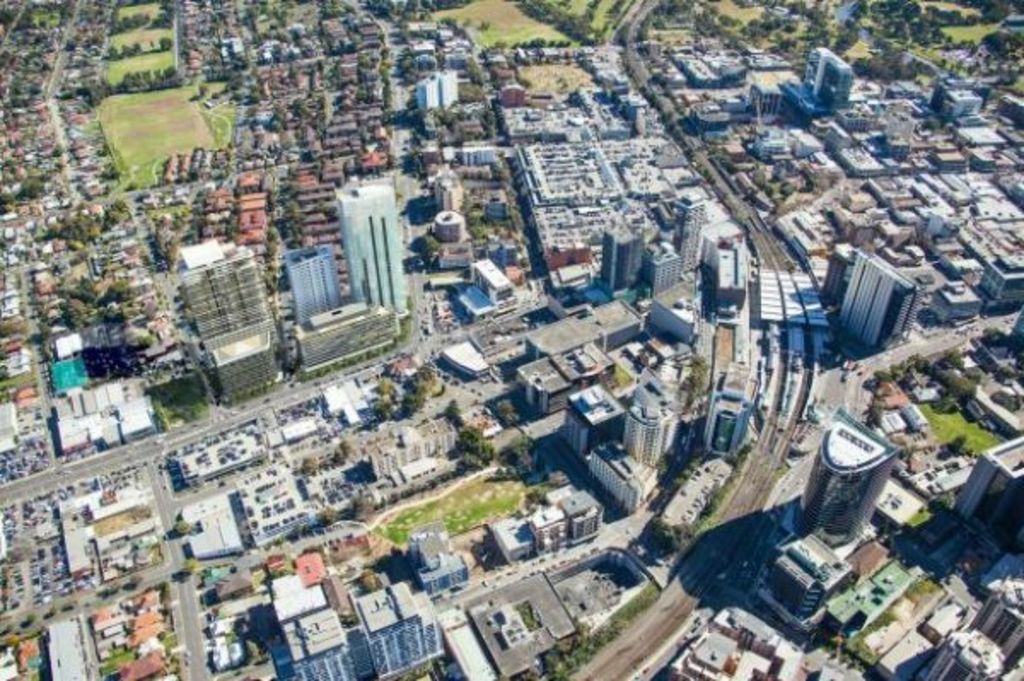
The study, which used data from the 2011 and 2016 census and looked at the cost of housing and home ownership and rental figures, hinted at a growing socio-economic divide in some suburbs.
This was particularly so for renters living along major arterial routes, whose rents were close to the cost of mortgage repayments, leaving them at risk of being unable to save to buy a home.
“It does point to the fact that if we want people to save, we need to think about where the jobs are and the cost of travel,” Dr Harre said.
It was forcing people to be selective about where they rented in order to save money and also to be selective about the jobs that they took on to avoid spending too much time and money on their commute.
“It talks to the problems of infrastructure depending on housing needs — do renters who are usually younger need or want access to schools and childcare centres? Or to social activities that the older mortgage holders do not?” Dr Harre said.
“[This is] a pattern that’s well established overseas,” urban economist and director of Ethos Urban Chris McNeill said.
While Sydney and Melbourne were both becoming “poly-centric” cities, with more than one major activity centre, Sydney was more advanced in its journey.

“When you fly into Sydney, you see fairly significant clusters of high-density development aggregated around train stations and we’re starting to get that in Melbourne,” Mr McNeill said.
“When you’re looking at Parramatta it serves as a commercial centre there that stacks up pretty well against other cities,” he said. “Melbourne is not quite as advanced yet.”
Mr McNeil said the effects of the pandemic meant more people were living the inner city behind, not just for outer suburbs but regional areas.
“What we know so far is that there’s very strong anecdotal evidence to suggest certain regional centres have experienced very strong movement. Land sales are extraordinarily strong,” he said.
“But what’s not clear yet — it may take another year or so — is whether it’s a surge in permanent residency or whether people will move back towards the city.”
We recommend
We thought you might like
States
Capital Cities
Capital Cities - Rentals
Popular Areas
Allhomes
More
